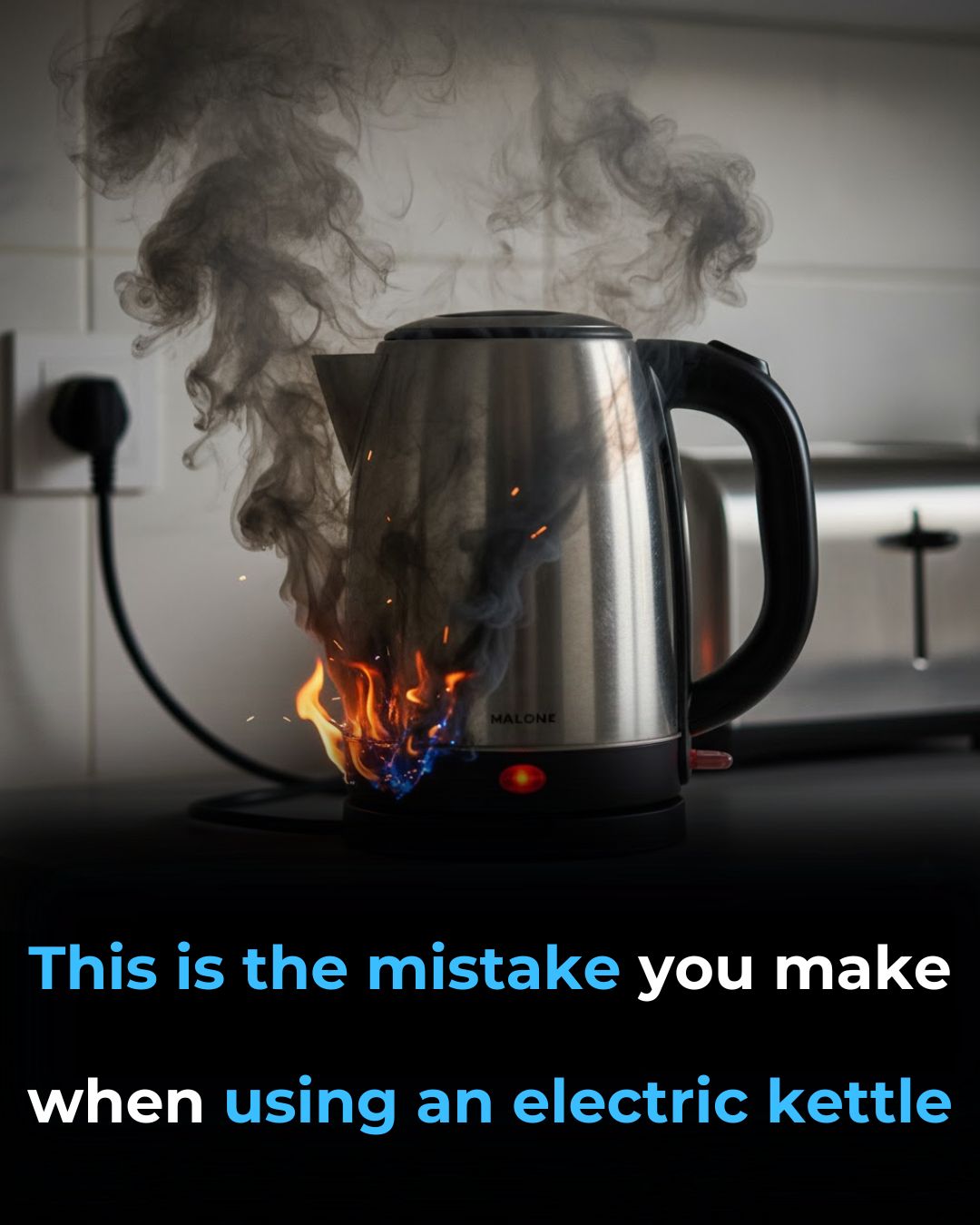3) Descaling & cleaning (how often and how)
- How often: Descale every 1–3 months depending on water hardness and how often you use it. If you see white scale inside, clean it.
- Simple descaling method: Fill with a solution of equal parts water and white vinegar (or lemon juice) to cover the element; boil, let sit 20–30 minutes, empty, rinse thoroughly and boil fresh water once or twice to remove taste. Commercial descalers are also fine if used per instructions.
- Wipe exterior with a damp cloth; never immerse the base or plug in water.
4) Should you leave the kettle plugged in all the time?
Short answer:
- It’s usually safe to leave a modern electric kettle plugged in
if it’s in good condition and has an automatic cut-off. But unplugging is the safer option and recommended in certain circumstances.
Why leaving it plugged in is commonly considered OK:
- Most modern kettles have automatic shut-off and boil-dry protection, so after boiling they switch off and draw minimal standby power.
- Convenience: you can switch it on without unplugging.
Reasons you should unplug sometimes (recommended practice):
- Safety margin: Unplugging eliminates any risk from a faulty switch or a damaged kettle that might fail while unattended.
- Power surges / storms: During electrical storms or prolonged absence (vacation), unplug to protect the appliance against surges.
- If the kettle is older or damaged: Unplug it when not in use; replace if you see frayed wires or unreliable switching.
- Energy saving: Standby draw is usually small for kettles, but if you prefer zero standby consumption, unplugging or using a switched socket/power strip helps.
- Children/pets: Unplugging reduces the chance of accidents if curious hands or paws activate it.
